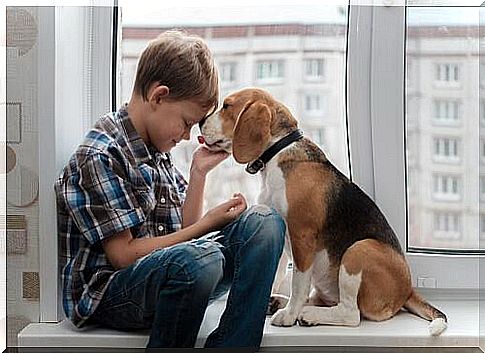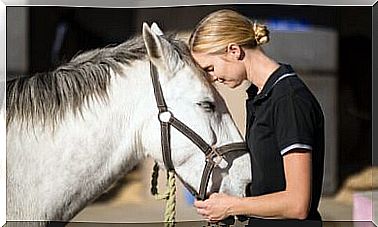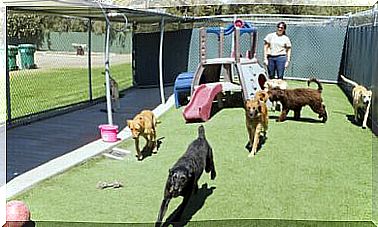Tips For Training A Beagle

Want to know the best way to train a beagle? It is a very intelligent and sensitive dog, with very well developed senses. Therefore, in addition to daily physical activity, mental stimulation is key to offering them an active, healthy and happy life.
Although games and sports are highly recommended to stimulate the minds of our canine friends, training is the best and most complex physical and mental training.
Below is a brief guide on how to train a beagle dog. We’ve summarized the best advice so you can teach your faithful companion basic obedience orders.
7 tips for training a beagle at home
With patience and commitment, it is possible to train a beagle at home simply and successfully. These seven pieces of advice are essential to train your pet and encourage its learning without overwhelming or exhausting it.
constancy is essential
Dog training is a gradual process that is constantly the key to its success. To train any dog, regardless of breed, it is necessary to have patience, good will, and be committed to the education of the animal.
If you don’t have the time or patience for training, it’s best to get in touch with a professional dog trainer or educator. Your beagle should be trained with only one command at a time, to be able to understand it, assimilate it and execute it with perfection.

Before submitting a new order to your friend, it will be essential to ensure that the previous task has been completely absorbed. If we present several commands at once, the animal is likely to get confused and its learning will be impaired.
Make short, to-the-point sessions
Canine training sessions must be short and objective, to optimize the power of concentration and favor the learning of our dogs.
Ideally, training should be done daily, with sessions of 10 to 15 minutes. This way, we won’t overload the animal and keep the process very consistent.
Choosing the ideal place to train a beagle
Another essential step is to identify where to do the training to promote the dog’s concentration. A place with a lot of stimuli, such as noise, smells, people or dogs, is not suitable, as it will distract your pet’s attention. It is best to choose a quiet and serene place where your pet can focus on your orders.
Always start with basic orders
Training your beagle should always be tailored to your age and state of health. Dogs learn little by little, progressively, just like us. Therefore, to start teaching a dog, you need to use basic and easy-to-follow orders.
As your animal grows and assimilates the basic commands, it will be time to gradually increase the complexity of the tasks proposed in its training.

Respect learning times when training a beagle
As we have seen, the basic obedience orders must be presented individually to your dog until it is fully assimilated. That is, we will practice the commands one by one so as not to confuse you. Each dog has its own learning time, and it is essential to respect it and accompany it in this process.
Generally speaking, a beagle can take between 3 and 10 days to fully absorb a new command. However, this will always depend on the complexity of the task presented, as well as the coach’s constancy.
Dedicate special time to review learned commands
All commands taught and learned by your dog must be reviewed regularly to ensure optimal training. Therefore, at least one day of the week needs to be dedicated to going over the orders, always one by one. Even if your beagle has fully learned a command, reinforcing it will be essential to combat forgetting and continue to encourage your learning. It’s a progressive job.
Use positive reinforcement to stimulate your dog’s body and mind
The best method to train your beagle and stimulate it physically and mentally is positive reinforcement. Every time our dog successfully performs an action or demonstrates his effort to learn, we must offer a reward to motivate him to continue learning. This reward should not necessarily be a treat ; we can also give him a compliment, a caress, give him a toy, or take him for a walk.
On the other hand, abusive methods that use physical or emotional punishment are dangerous and counterproductive. Exposing a dog to contexts of heightened stress or fear can severely affect its health and threaten the well-being of everyone around it.
Always remember that a dog obeys its owners through the bond of friendship, respect and trust that binds it to its human family, not through the use of violence.









